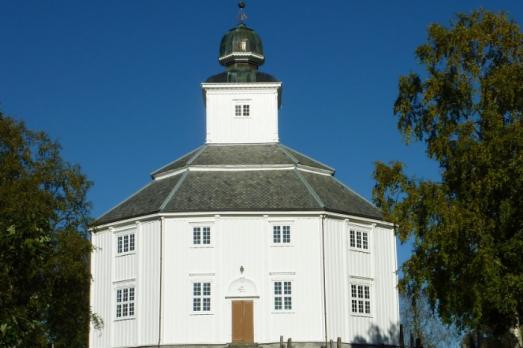
Klæbu Church
Trondheim, NO
Klæbu Church is an octagonal wooden church dating from 1790 with a stone foundation wall. The ground plan is a slightly elongated octagon in the east-west direction, with the altarpiece at the eastern end.
Here you can search for a building to visit. You can use the map find destinations, or you can use the filters to search for a building based upon what different criteria.

Trondheim, NO
Klæbu Church is an octagonal wooden church dating from 1790 with a stone foundation wall. The ground plan is a slightly elongated octagon in the east-west direction, with the altarpiece at the eastern end.
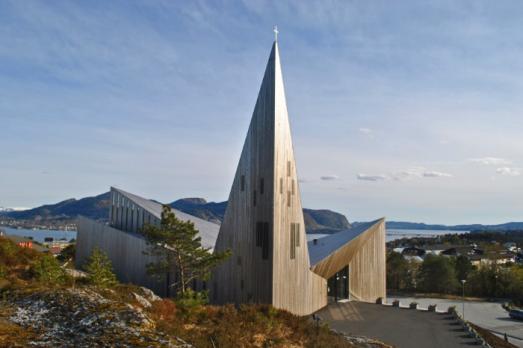
Alver, NO
The Knarvik church is a wooden church completed in 2014 by Reiulf Ramstad Architects. The exterior of the building features the sharply raised spire roofs, the church sanctuary and the chapel.
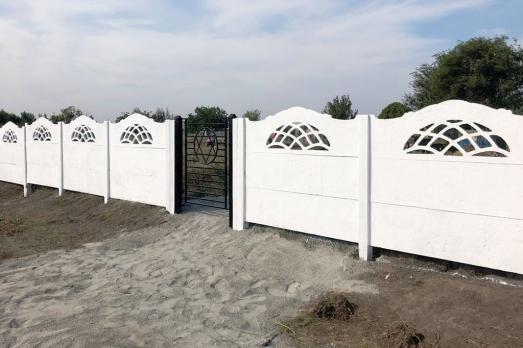
Kobelyaky, UA
The exact period of the cemetery’s establishment is unknown. Given the cemetery appears on the Russian topographic map of 1860s. it can be inferred it was founded before that era. The oldest preserved tombstone dates to the late 19th century.
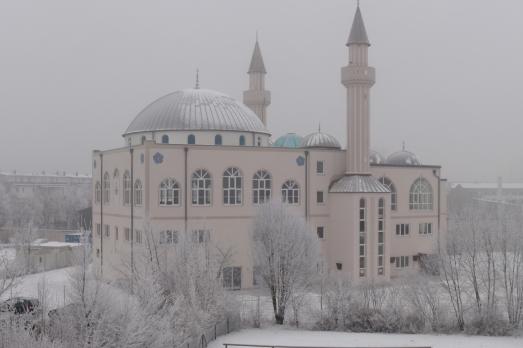
Ingolstadt, DE
The Kocatepe Mosque, which opened in 2008, is the largest mosque in Bavaria. In the classic Ottoman dome-shaped style, the building has two 27.5-metre high minarets. The mosque also houses a cultural centre.
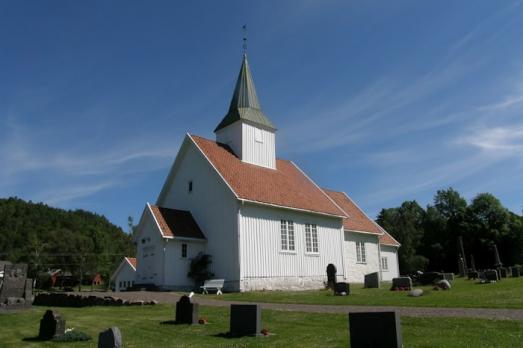
Kodal, NO
The Kodal Church is a Romanesque church first mentioned in 1339, but is thought to date back to around 1100. The choir, which is the oldest part of the church, was built in the 12th century, while the nave dates from 1691.
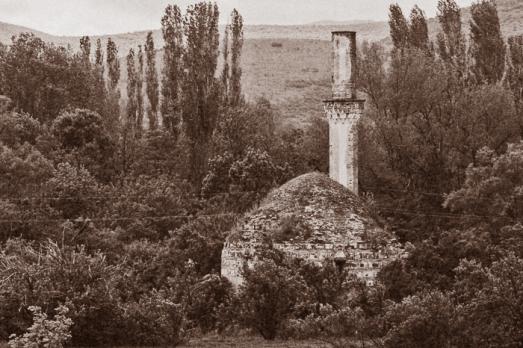
Tabanovtse, MK
It is not known when the Kodža Mehmet Beg Mosque was first built, but it is assumed that a building may have existed here as early as 1380. According to the stylistic features and construction methods, the present building was constructed in the so-called classical period of Ottoman construction in the late 16th and early 17th centuries. The mosque is a single domed building, square-based, with a porch on the northwest side.
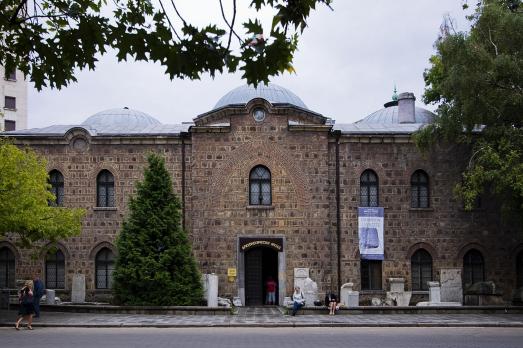
Sofia, BG
The former mosque is the oldest building of its kind in Sofia. The mosque with its squared plan has nine domes of equal diameter. They are supported by pointed arches and covered with leaden sheets. The middle ones are higher and ‘the entire space, through a special system of domes and arches, is an absolutely symmetrical construction, and it’s on this symmetry, harmony and equality among all its parts, that the major artistic effect is due. During the Russian-Turkish War (1877-1878) the mosque was turned into a hospital. Later it was a library, museum and printing house, and since 1892 it has housed the National Archaeological Institute With Museum .

Bruxelles, BE
The Basilica of the Sacred Heart of Koekelberg or simply "Basilica of Koekelberg" was founded in 1905 as a national monument and, after the First World War, as a pilgrimage centre to the Sacred Heart. The Art Deco basilica was only officially consecrated in 1951 and was fully completed in 1970.
Nieuw-Balinge, NL
The church was built in 1907 and extended in 1994.

Arnhem, NL
Beautiful, unique, neoclassical dome church. Built as Dutch Reformed Church. Since 1961 Reformed Church (Liberated), which has belonged to the NGK since 2023

new
The Chassidic Route is a cultural and historical trail tracing the rich legacy of Jewish communities in southeastern Poland and western Ukraine. This region was central to the rise of Chassidism in the 18th century. Here, we highlight 10 remarkable synagogues you’ll discover along this route.

he cradle of the Industrial Revolution in Germany, Chemnitz, is well-known for its industrial heritage landscape, but the city is also home to remarkable examples of religious architecture from different historical periods. Join us as we explore the key landmarks of this European Capital of Culture 2025.

The twin towns of Nova Gorica (Slovenia) and Gorizia (Italy), lying on the border between the two countries, have a rich religious heritage, steeped in centuries of tradition. If you are looking for ideas for your visit, take note of these 10 religious sites that you should not miss.